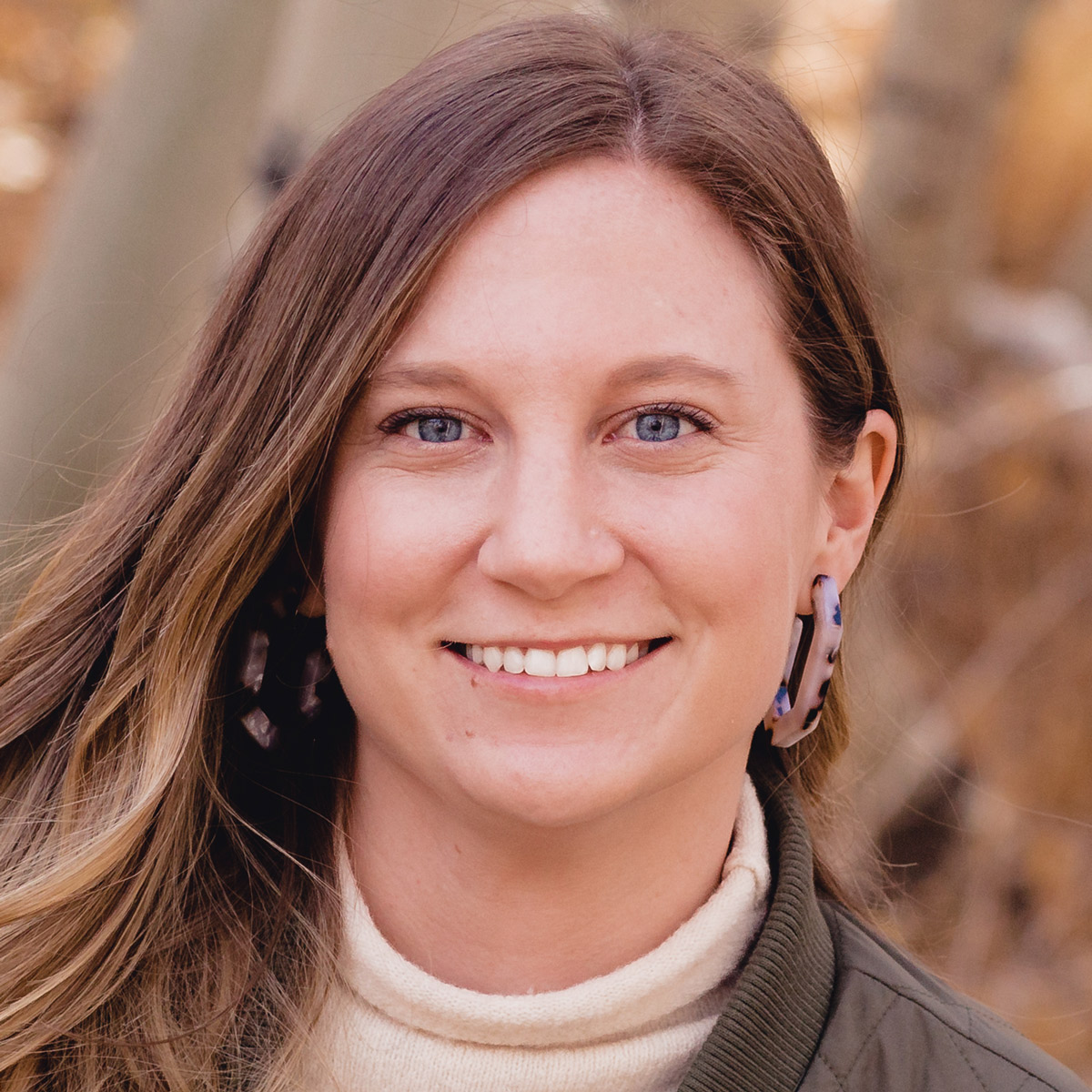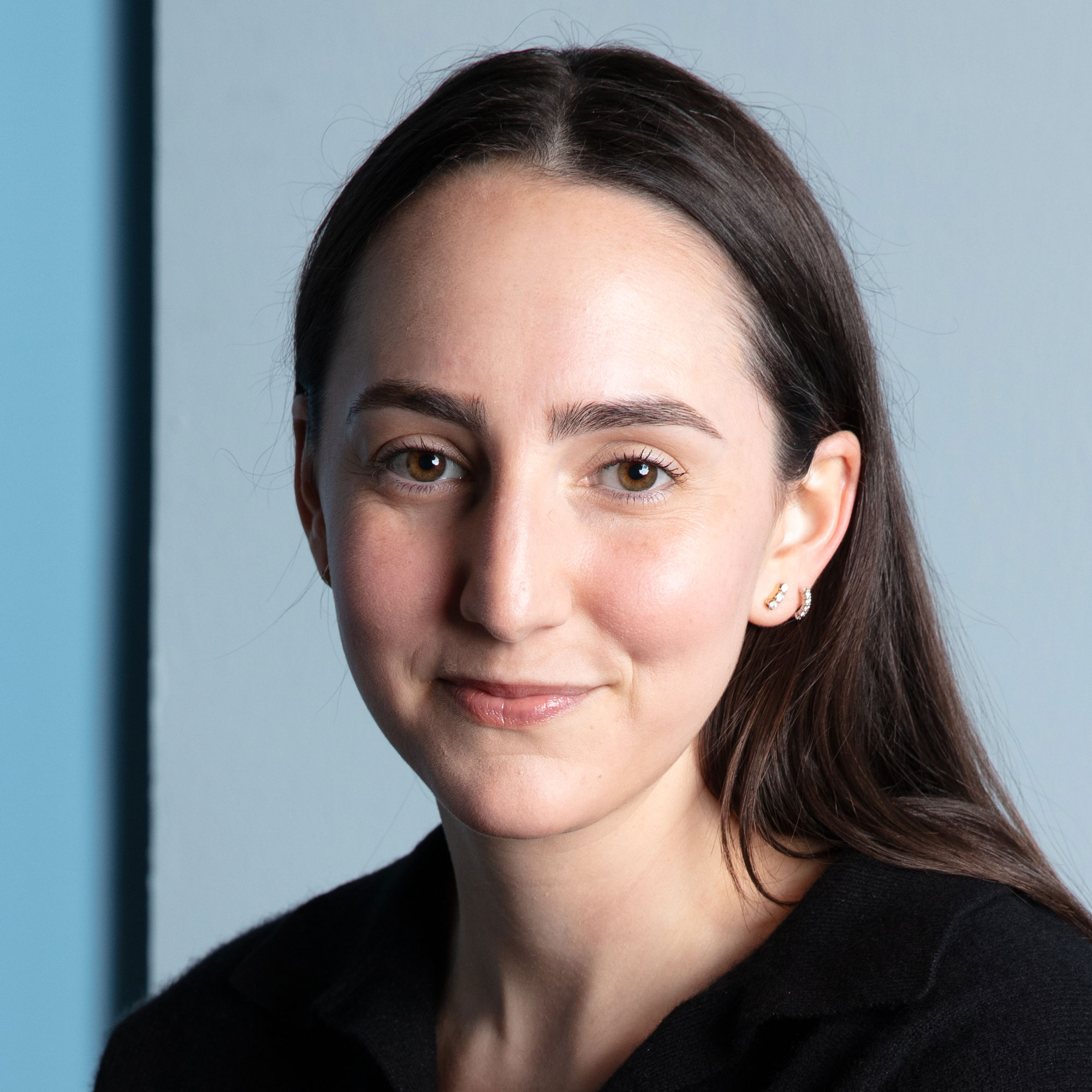
Nearly a Third of Americans Aren’t Filling Their Prescriptions Because of High Costs
Key takeaways:
According to a GoodRx Research survey, 27% of Americans leave prescriptions for medications unfilled due to cost.
Cost is a barrier for people with and without insurance. Yet most patients don't talk about medication affordability with their prescriber.
Drug shortages prevent 16% of Americans from accessing their prescribed medications. This includes access to essential medications like Ozempic, insulins, and some antibiotics.
Unfilled prescriptions present serious health risks and long-term healthcare expenses.

Healthcare professionals write millions of prescriptions every year to help Americans manage symptoms and treat a range of conditions. But affordability, access issues, and drug shortages prevent people from actually filling these prescriptions. GoodRx Research ran a monthly survey to better understand the dynamics that shape prescription medication fills and consumer behavior.
Below we walk through insights from our survey of nearly 4,000 Americans. We highlight the significant financial and accessibility challenges people with and without insurance face in filling their prescriptions.
46 million Americans leave their prescription at the pharmacy every month
According to our survey, 28% of Americans (46 million if extrapolated to the general population) had a prescription sent to the pharmacy that was ultimately not filled. So why aren’t people filling these prescriptions? Medication cost is the main reason. People also forget to pick up their medications. Timing is another big issue. When people do go to the pharmacy, their medication may be out of stock. And many people just can’t get to the pharmacy in time.
This finding is alarming given that nonadherence, or not taking a medication as prescribed, can worsen chronic conditions. The high cost of medications can force people to make difficult choices between prioritizing their health and managing other essential expenses. In turn, this can lead to poor health outcomes and increased costs in the long run.
20% of Americans have at least 1 drug that insurance doesn’t cover
Medication cost is the leading cause of unfilled prescriptions in the U.S. And this is an issue that affects people with and without health insurance. In fact, a fifth of Americans are unable to fill their medication because their insurance doesn’t cover it.
When insurance doesn't cover a medication, patients are often on the hook for the full price. They may face financial strain and, ultimately, gaps in treatment and worsening symptoms.
As it turns out, individuals who rely on the Affordable Care Act health exchange insurance plans have poorer coverage compared to other plan types. Among those on health exchange plans, 27% report a lack of prescription coverage. People with Tricare, Veterans Affairs (VA) insurance, or other military insurance have the highest rates of prescription coverage.
On average, 23% of people spend more than $50 per month on their prescriptions
GoodRx Research found that 23% of people spent more than $50 on their prescriptions per month (after removing respondents with Medicaid coverage). And nearly 10% reported spending over $100 on their prescriptions in the most recent month.
And, once again, people with a health exchange plan, no insurance, or private insurance seem to pay more out of pocket on their prescriptions each month.
Costs vary a lot for people with exchange plans. Only 21.7% pay nothing out of pocket and 3.9% pay $200 or more per month. This group, along with those enrolled in private insurance, appear to have the worst coverage for prescription medications. A substantial portion of their out-of-pocket costs falls into the mid-to-high cost brackets. Medicaid recipients, on the other hand, appear to have the most comprehensive prescription coverage.
This finding is a reminder that prescription affordability will remain a barrier to medication adherence concern for many Americans until costs come down or insurance coverage improves.
Only 37% of Americans are talking about medication affordability with their healthcare professionals
Research shows that patients want to talk about cost with their physicians, but few are actually doing so. In our survey of American adults, we found that only 37% were having these conversations. And given that cost is a barrier to filling prescriptions, cost conversations should happen every time medications are prescribed.
Drug shortages affect more than 16% of Americans trying to fill their prescription medications
While some Americans can’t afford their medications, 16% were unable to access their medication at all due to shortages, and another 18% had to visit multiple pharmacies in order to fill their prescription. Among the drugs that people are struggling to access are Ozempic, Mounjaro, Adderall, and some antibiotics and insulins.
Factors contributing to shortages may include increased demand, supply chain issues, and manufacturing delays.
Methodology
Our survey was run through YouGov, in four waves. The survey ran monthly from February 2025 through May 2025 and asked each participant to reflect on their experience in the prior month. In each wave, we collected 1,000 responses. Survey responses were weighted to the U.S. population using age, gender, race, political affiliation, and education level. The YouGov survey research arm provides more information. To estimate the number of Americans who left a prescription at the pharmacy each month, we multiplied our survey's incidence rate by the percentage of respondents who reported leaving at least one prescription at the pharmacy. This product was then multiplied by the total number of American adults, based on data from the 2019 American Community Survey.
Why trust our experts?


References
Brick, D. J., et al. (2019). The impact of cost conversations on the patient-physician relationship. Health Communications.
Walsh, C. A., et al. (2019). The association between medication non‐adherence and adverse health outcomes in ageing populations: A systematic review and meta‐analysis. British Journal of Clinical Pharmacology.
























